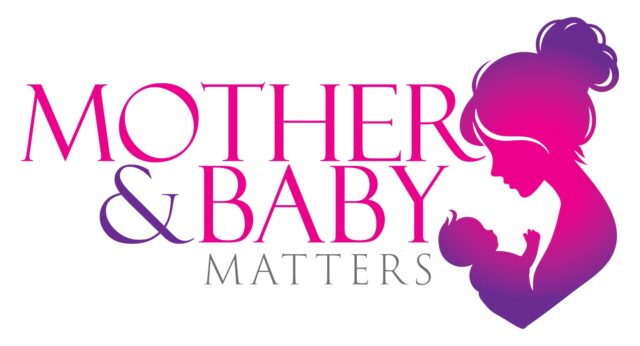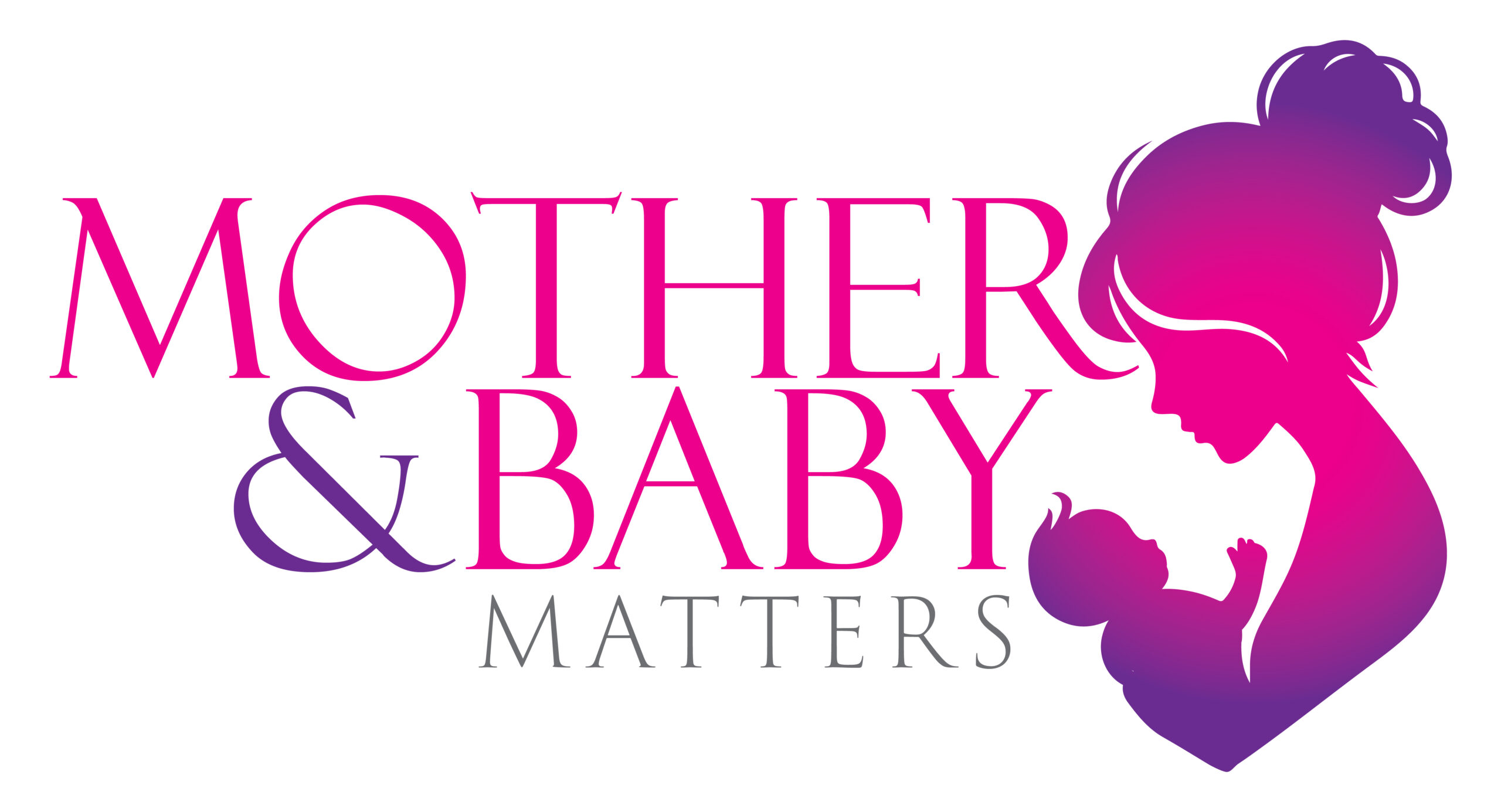High living costs, stagnant wages, limited housing, and a punishing work culture are driving many Japanese to delay or avoid marriage and children.
Tokyo: The population of Japanese shrank by a record 908,574 in 2024, falling to 120 million, according to government data released Wednesday. The drop – the steepest since records began – underscores the country’s struggle with perennially low birth rates and a rapidly ageing society.
While many developed nations face falling birth rates, Japan’s problem is particularly severe. Its population has been in decline since peaking at 126.6 million in 2009, marking 16 consecutive years of contraction. Prime Minister Shigeru Ishiba has called the situation a “quiet emergency,” pledging measures such as more flexible working hours and free day care to reverse the trend.

Govt. Efforts Struggle to Halt Population Decline
The decline is driven by a combination of economic stagnation, entrenched gender norms, and decades of low fertility rates. The government has tried for more than a decade to slow the slide, offering childbirth subsidies, housing support, and encouraging fathers to take paternity leave. But each year, births drop, and deaths rise, worsening the imbalance between the elderly and working-age populations.
In 2024, births fell to 687,689 – the lowest since records began in 1968 – while deaths hit nearly 1.6 million, the highest ever recorded. People aged 65 and older now make up almost 30% of the population, while those aged 15–64 – the working-age group – account for only 59%, far below the global average of 65%, according to the OECD. The skewed age ratio is straining pensions, healthcare, and other essential social systems.
Japan has the world’s second-oldest population after Monaco, World Bank data shows. Demographers say the situation has been decades in the making: fertility rates have stayed below the replacement level since the 1970s. Even if the birth rate rose sharply tomorrow, population decline would continue for decades until the age balance stabilises and today’s newborns reach childbearing age.
Factors Responsible for Japan’s Demographic Crisis
Experts cite high living costs, stagnant wages, limited housing space, and a punishing work culture as reasons many Japanese are delaying or forgoing marriage and children. For women, the expectation that they will shoulder caregiving responsibilities remains a deterrent, despite policies aimed at encouraging greater paternal involvement. Single parenthood is rare, in contrast with many Western countries.
Lack of Time and Money Not Infertility—Behind Falling Birth Rates: UN Report
Japan’s demographic crisis mirrors trends in other East Asian economies such as China and South Korea, which are also grappling with shrinking populations and ageing societies.
Some analysts say immigration could help mitigate the shortfall in the workforce. But Japan has historically been reluctant to open its doors to large-scale immigration, citing cultural and social cohesion concerns. Without a significant policy shift, experts warn, the country faces decades of economic and social pressure as its population continues to contract and age.




